Description
For the calculus-based General Physics course primarily taken by engineers and science majors (including physics majors).
This long-awaited and extensive revision maintains Giancoli’s reputation for creating carefully crafted, highly accurate and precise physics texts. Physics for Scientists and Engineers combines outstanding pedagogy with a clear and direct narrative and applications that draw the student into the physics. The new edition also features an unrivaled suite of media and on-line resources that enhance the understanding of physics.
This book is written for students. It aims to explain physics in a readable and interesting manner that is accessible and clear, and to teach students by anticipating their needs and difficulties without oversimplifying.
Physics is a description of reality, and thus each topic begins with concrete observations and experiences that students can directly relate to. We then move on to the generalizations and more formal treatment of the topic. Not only does this make the material more interesting and easier to understand, but it is closer to the way physics is actually practiced.
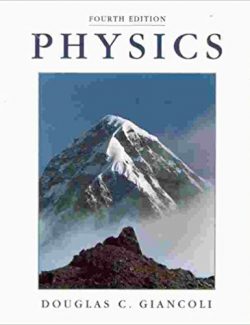
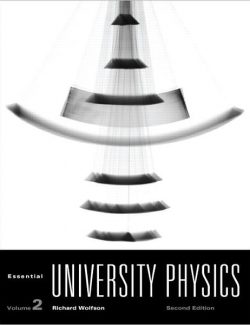
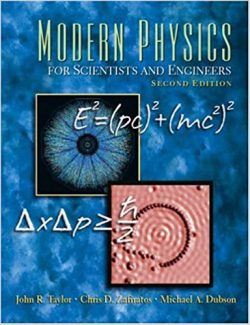
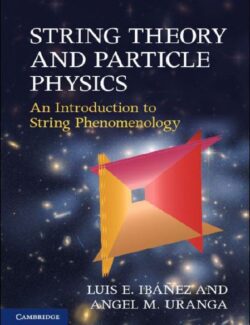
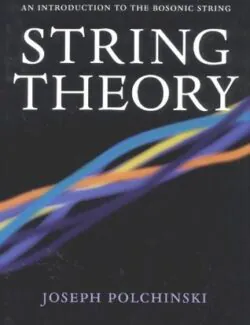
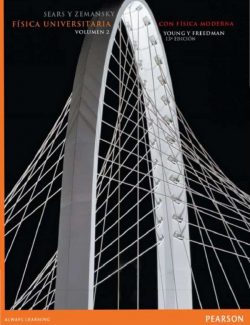
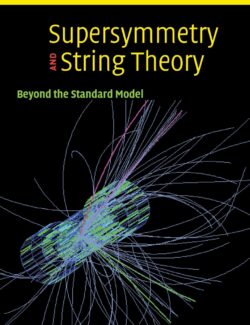
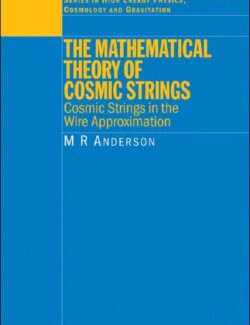
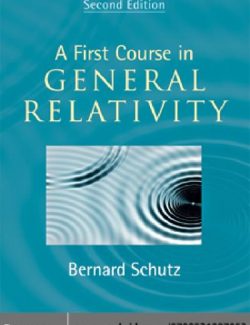
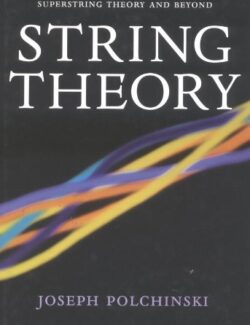
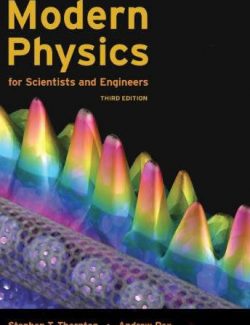
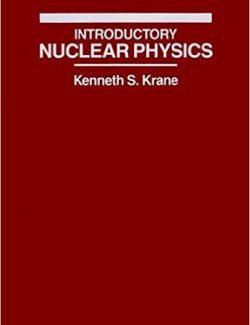
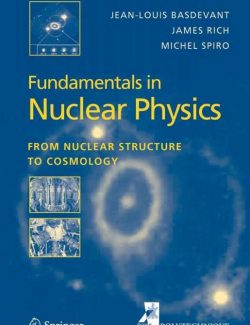
Leave us a comment
No Comments